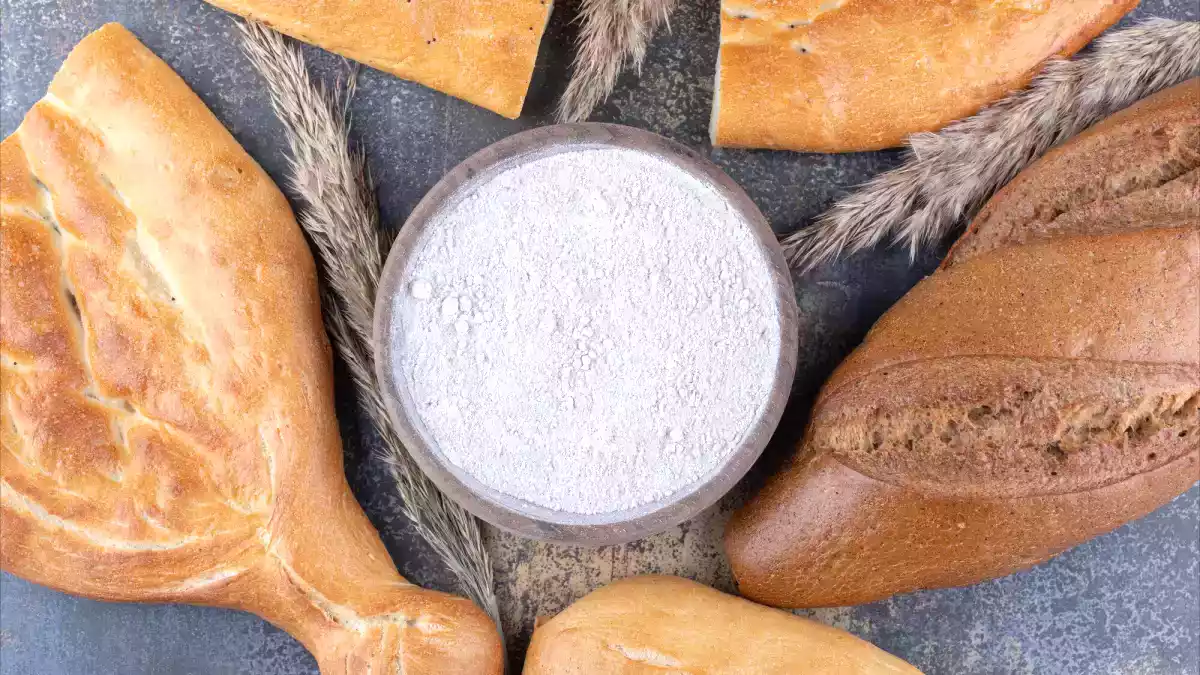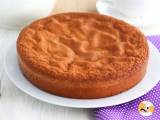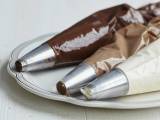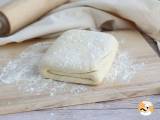Are you using yeast correctly? Here's how to avoid screw-ups!

A cake that won't rise, flat muffins or brioche dough that won't rise... Sound familiar? If so, you're not alone. And often, the culprit hides in a discreet little sachet at the back of the cupboard: yeast!
Yes, that magic powder that puffs up our cakes and aerates our breads can also be the cause of a lot of misfires when used incorrectly. But don't panic, we'll explain it all in simple terms - and I promise, you'll never look at yeast in the same way again;)
1. Baking powder or baker's yeast? Not at all the same
It's THE classic misunderstanding.
Baking powder (and baking soda) is used for cakes, muffins, madeleines, etc. It reacts quickly to heat and causes the dough to rise during baking.
Baker's yeast (fresh or dry) is used to raise gluten-containing doughs such as bread and brioche. It needs time, rest... and patience.
Bottom line: if you replace one with the other, it won't work. At all.
2. Enough is enough: be careful with doses
We sometimes think that a little more baking powder will make the cake puff up even more. Not a good idea! Too much baking powder can give a bitter taste, make the dough "overflow" during baking... or cause it to collapse in the middle of the oven.
The rule: 2 tsp for 4 cups of flour. And if you divide the quantities, remember to adjust the baking powder too.
3. Baking powder doesn't like to wait
You mix your dough, leave it for a while, put it in the oven... and your cake doesn't rise? No problem! Baking powder starts working as soon as it is mixed with liquid. If you wait too long before baking, it loses its effect.
The right thing to do: prepare your baking tin in advance and put it in the oven as soon as the dough is ready.
4. Active dry yeast: wake it up!
Dry baker's yeast (in small grains) doesn't work right away. It needs a gentle wake-up call in a lukewarm (not hot!) liquid with a little sugar. Otherwise, it won't lift... at all.
Here's the trick: dilute it in lukewarm water or milk, add a pinch of sugar, and leave for 10 minutes. If bubbles form, she's awake!
5. Temperature matters (a lot)
Too cold? Your baker's yeast remains dormant.
Too hot? It dies on the spot. It needs just the right temperature, between 77°F/25°C and 86°F/30°C, to work properly!
Tip: let your dough rise in a switched-off oven with the light on, or in a quiet, draught-free corner of the kitchen. It likes peace and quiet.
In short: yeast and baking powder have their own requirements...
Used properly, it works wonders. But it requires a little care, rigor and, sometimes, patience. So the next time your dough lies flat or your brioche goes on a rising strike, remember to check the yeast type, temperature, resting time and quantities.
And remember: even a failed cake can be recycled into a yoghurt parfait or homemade pudding. Cooking is also about messing up... and learning to do it better :)
You may be interested in:
 Adèle Peyches
Adèle Peyches


Comments